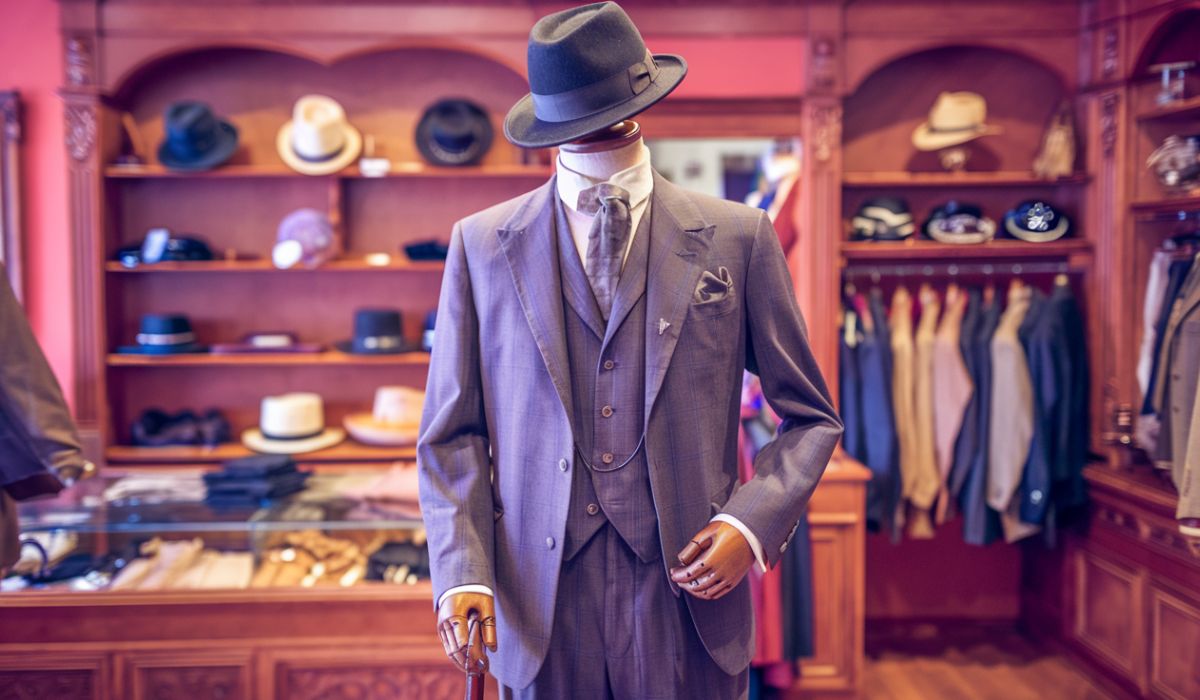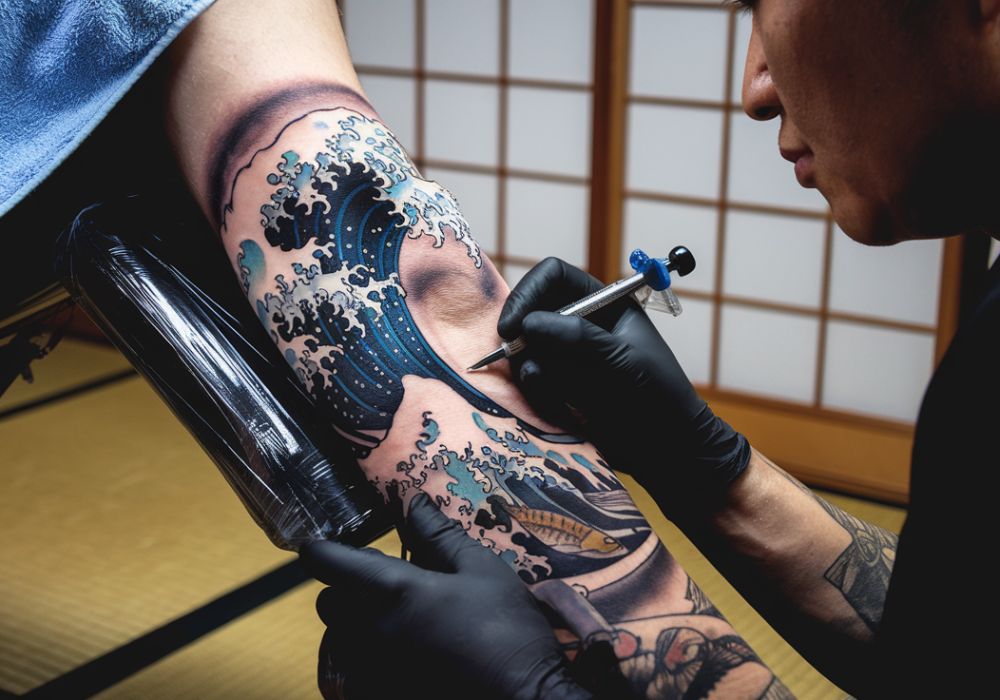Introduction
The Harlem Renaissance was a cultural explosion that transformed music, literature, art, and fashion. Emerging in the early 20th century, this movement redefined African American identity, creating a bold statement through clothing. Let’s take a deep dive into how fashion played a crucial role during this era, shaping history and influencing modern style.
The Roots of Harlem Renaissance Fashion
The Harlem Renaissance began in the 1920s, primarily in New York City’s Harlem neighborhood. African Americans, many of whom had migrated from the South, found a new cultural hub where art, literature, and music flourished. But it wasn’t just about artistic expression—fashion became a way to showcase confidence, independence, and social progress.
Men’s Fashion: The Sharp-Dressed Gentleman
Zoot Suits and Tailored Elegance
Men’s fashion during the Harlem Renaissance was about making a statement. One of the most iconic outfits was the zoot suit—a flashy ensemble with high-waisted, wide-legged pants and a long coat with padded shoulders. Often accessorized with fedoras and pocket squares, zoot suits embodied rebellion and flair.

Double-Breasted Suits and Tuxedos
For formal occasions, men embraced classic double-breasted suits and tuxedos, often made of luxurious fabrics like wool and silk. Pinstripes and bold colors were common, signaling wealth and sophistication.
The Fedora and Accessories
No outfit was complete without the right accessories. Fedoras were a staple, adding an element of mystery and class. Men also sported silk ties, suspenders, and polished leather shoes to perfect their look.
Women’s Fashion: The Rise of the Modern Woman
Flapper Dresses and the Jazz Influence
Women’s fashion underwent a dramatic transformation during this time. The flapper dress, inspired by jazz culture, featured shorter hemlines, fringe details, and loose fits that allowed for freedom of movement. These dresses reflected a shift toward modernity and independence.
Fur Coats and Luxurious Fabrics
Women embraced luxury with fur coats, velvet gowns, and satin gloves. These elegant touches symbolized newfound economic power and social mobility.
Cloche Hats and Statement Accessories
A true Harlem Renaissance woman never stepped out without a stylish cloche hat. Paired with pearl necklaces and feathered headbands, these accessories added flair and elegance.
The Influence of Jazz Culture on Fashion
The rise of jazz music heavily influenced clothing styles. The lively, rhythmic music inspired movement-friendly outfits, like fringe dresses that swayed with the beat. Sequins, beaded gowns, and extravagant costumes became part of the jazz scene’s signature look.
The Role of Fashion in Self-Expression
During this time, African Americans used fashion to express their identities and challenge societal norms. Dressing well was a way to claim dignity and assert presence in spaces that had historically excluded them.
Harlem’s Tailors and Designers
Many Black designers and tailors became sought-after for their craftsmanship. Shops in Harlem specialized in bespoke suits and dresses, ensuring individuals could customize their looks. These designers played a vital role in shaping the era’s aesthetic.
Fashion Icons of the Harlem Renaissance
Josephine Baker: The Epitome of Glamour
Josephine Baker, an entertainer and fashion icon, dazzled audiences with her daring outfits. Her exotic and elaborate costumes, often adorned with feathers and sequins, made her a style pioneer.
Duke Ellington: The King of Elegance
Duke Ellington, the legendary jazz musician, was known for his impeccably tailored suits. His polished and refined look set the standard for men’s fashion.
Zora Neale Hurston: Intellectual and Stylish
Writer Zora Neale Hurston balanced intellect and fashion, often seen in stylish dresses, fedoras, and patterned skirts. She represented the educated, sophisticated Harlem woman.
The Lasting Impact on Modern Fashion
The Harlem Renaissance’s influence can still be seen today. Many modern designers draw inspiration from this era, incorporating bold patterns, tailored suits, and jazz-era embellishments into their collections. Brands celebrate the movement’s legacy through retro-inspired clothing lines.

How to Incorporate Harlem Renaissance Fashion Today
Interested in bringing Harlem Renaissance fashion into your wardrobe? Here are some ideas:
- For Men: Wear a tailored suit with a fedora or embrace vintage-style suspenders.
- For Women: Rock a flapper-style dress or add a cloche hat for a timeless touch.
- Accessories: Pearls, gloves, and statement hats instantly add vintage charm.
Conclusion
Harlem Renaissance fashion was more than just clothing—it was a cultural declaration. It symbolized progress, confidence, and artistic expression. Even today, the legacy of this era continues to influence how we dress, proving that style is truly timeless.
FAQs
1. What were the main colors used in Harlem Renaissance fashion?
Rich colors like deep blues, burgundies, emerald greens, and gold were popular. These shades reflected luxury and confidence.
2. Why was the zoot suit controversial?
The zoot suit became associated with rebellion and was even banned during wartime due to fabric rationing. It symbolized defiance and individuality.
3. How did jazz music influence Harlem Renaissance fashion?
Jazz music encouraged movement-friendly clothing, such as flapper dresses with fringe and beaded embellishments, allowing dancers to move freely.
4. What role did African American designers play during the Harlem Renaissance?
Black designers and tailors crafted elegant, high-quality clothing, contributing to the stylish identity of Harlem’s residents.
5. Can I wear Harlem Renaissance-inspired fashion today?
Absolutely! Many modern styles incorporate elements from the Harlem Renaissance, such as vintage suits, flapper dresses, and statement accessories.
For More More Visit: Creative Blog

